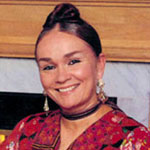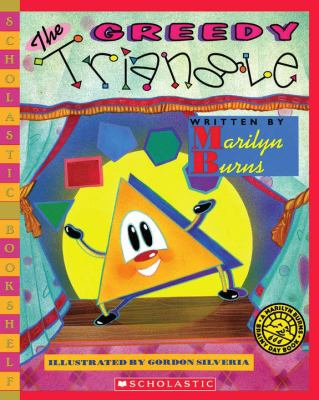Mexico: Exploring Countries Collection
Written by: Colleen Sexton
Published by: Bellwether Media 2011
Grades: 4-6
Genre: Nonfiction, Multicultural
Written by: Colleen Sexton
Published by: Bellwether Media 2011
Grades: 4-6
Genre: Nonfiction, Multicultural
Synopsis: This book is an educational information book exploring different countries. It looks at the land, wildlife, the people, daily life, school, work, play, food, holidays, and land contrasts. It provides fast facts about the country and a glossary of terms for children to learn. It also provides a list of websites to visit with more information and information on where to learn more. It has vocabulary words bolded throughout the books for children to learn as well when they are learning about the country.
Theme/Skill: Mexico, Geography, Work, Education, Holidays, Wildlife, Daily Life. Researching skills are looked at as well as vocabulary and facts.
About the Author: Colleen Sexton
Colleen Sexton has published books including Teaching Science for All Children: Inquiry Methods for Constructing Understanding (4th Edition), Teaching Science for All Children (5th Edition), and Teaching Science for All Children: Inquiry Lessons for Constructing Understanding (3rd Edition). She is the author of many informatinal books including biographies of J.K. Rowling, Jackie Robinson, and Arnold Schwarzenegger and books about puffins, space shuttles, squids, ducklings, and lionfish.
Source used: http://www.jacketflap.com/colleen-sexton/209116
Colleen Sexton has published books including Teaching Science for All Children: Inquiry Methods for Constructing Understanding (4th Edition), Teaching Science for All Children (5th Edition), and Teaching Science for All Children: Inquiry Lessons for Constructing Understanding (3rd Edition). She is the author of many informatinal books including biographies of J.K. Rowling, Jackie Robinson, and Arnold Schwarzenegger and books about puffins, space shuttles, squids, ducklings, and lionfish.
Source used: http://www.jacketflap.com/colleen-sexton/209116
Pre-Reading Activity: Put the word Research on the board. Make a web chart with the class and ask them what comes to mind with the word research. Tell them that they research to obtain information about certain topics to find out more about them. Then separate the children into pairs and then explain to children what they will be doing with the books and researching. Hand out a sheet of paper that is broken up by categories. At the top of the paper will be the title of their country they are exploring. Then underneath will be subcategories, including geography, daily life, holidays, education, work, wildlife, food. Underneath each category they need to come up with one fact that describes it from the book with their partner.
Post-Reading Activity: After reading, they will create an artifact that they will present to the class along with their facts. The pair can choose any category to go more in depth. They can either create a game from the country the class can play, a food the class can taste, a shoe diorama that shows the life of the people, or a poster that shows the geography of the land. They will be given 2-3 days in class and at home to prepare their presentation to inform the other students. They will be graded on information, preparedness of material, and creativity of project.
Reflection: These informational books about culture really caught my attention. Most books that are nonfiction contain tons of information that is too complex for kids to pick apart and understand. This series does a great job having visuals that pop out on the page and a good word to page ratio. It contains just enough information for children to understand and uses bold words that show important vocabulary words for them to know. I love how it provides a table of contents in the front which makes it easier for children to locate information. The only thing that would be difficult about these books would be using them in a whole group instruction. They would be best used in small groups or pairs that would allow them to research and then present to the rest of the class.



























